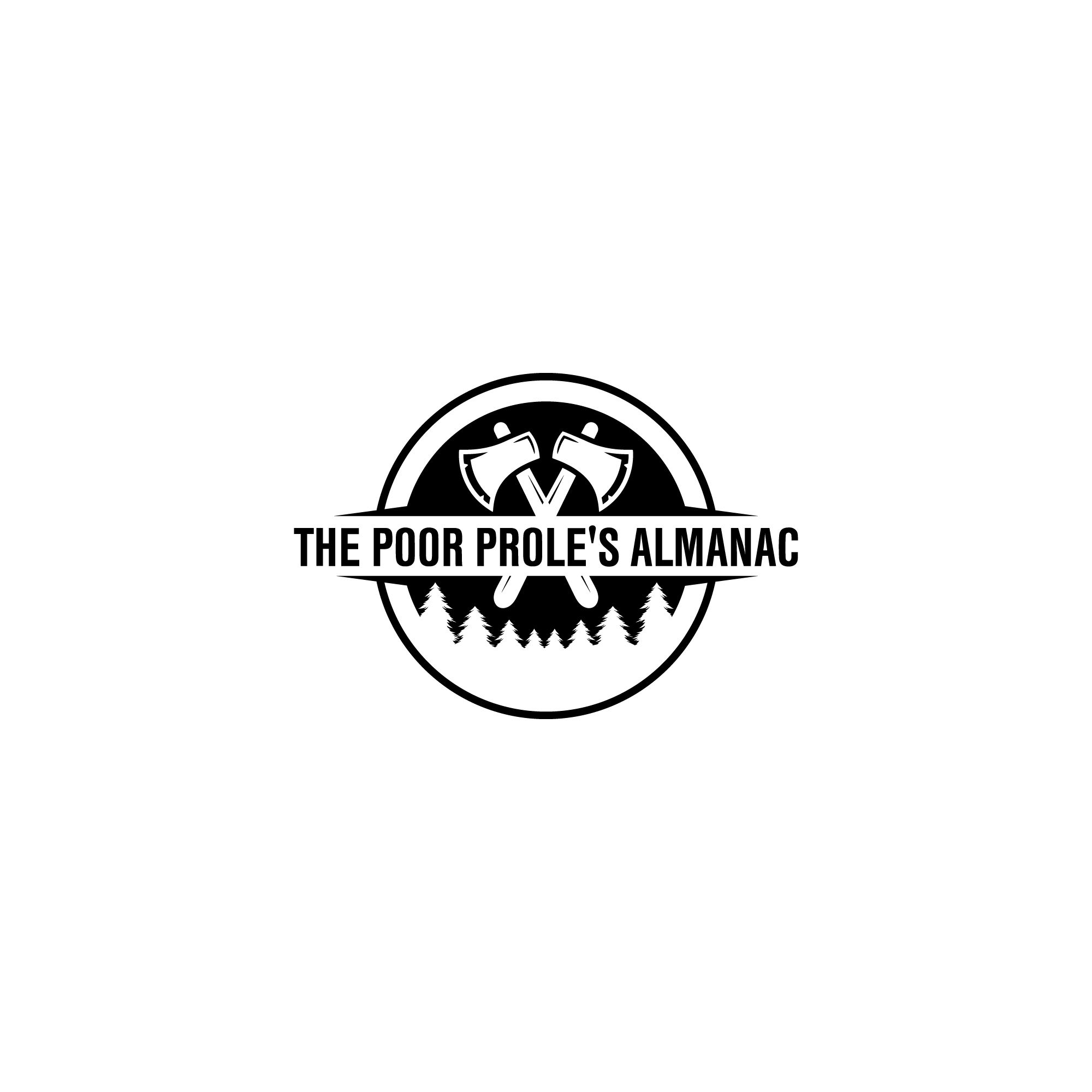The Hickory
Description
If the oak tree is the tree that fed the world, Hickories are the tree that helped humans thrive in North America. Across eastern North America until only 300 or so years ago, hickories were the staple crop consumed most commonly. Like the oaks, their mast years drove the successes of communities, and even until recently, there were records of thin-shelled hickories that were likely planted and protected by indigenous people. To eat a hickory nut is to taste thousands of years of history on the continent.
For the uninitiated, hickory nuts are a treat; they can mostly similarly be compared to pecans, which is unsurprising given that they are so closely related they can interbreed (and hicans are an area of breeding worth exploring for several reasons). Hickories, specifically from shagbark hickories, have a subtle, maple flavor which underscores the pecan-esque flavor. The hard part is getting to the nut itself. While we call hickories and pecans nuts, they are referred to as drupes or drupaceous nuts rather than true botanical nuts because they grow within an outer husk. The scientific term, tryma, is how these unique types of fruits are classified. This can seem confusing at first, but if we consider the husk as an inedible fruit and the nuts the pit, they’re much easier to understand and categorize.
In this episode, we dive into the history of hickories, their misunderstood use on the landscape, why folks should care a whole lot more about them, and what the future of the hickory is on the American landscape!
Check out the corresponding substack article for resources, citations, and more information! https://poorprolesalmanac.substack.com/p/hickories?utm_source=profile&utm_medium=reader2
To support this podcast, join our patreon for early episode access at https://www.patreon.com/poorprolesalmanac
For PPA Writing Content, visit: www.agroecologies.org
For PPA Restoration Content, visit: www.restorationagroecology.com
For PPA Merch, visit: www.poorproles.com
For PPA Native Plants, visit: www.nativenurseries.org
To hear Tomorrow, Today, our sister podcast, visit: www.tomorrowtodaypodcast.org/
More Episodes
Revolutionizing Agriculture: Harnessing Soil Bacteria for a Sustainable Future with Dr. Jim Ippolito
Published 11/09/24
Published 11/04/24
Published 11/04/24


